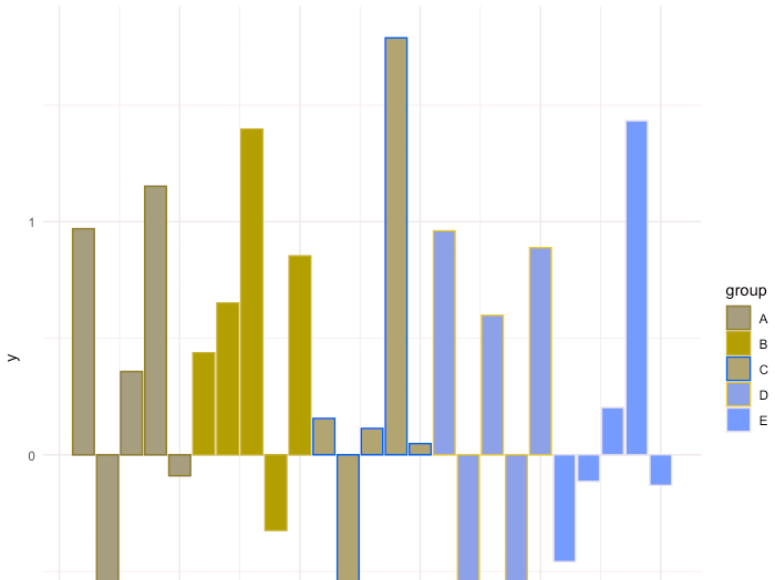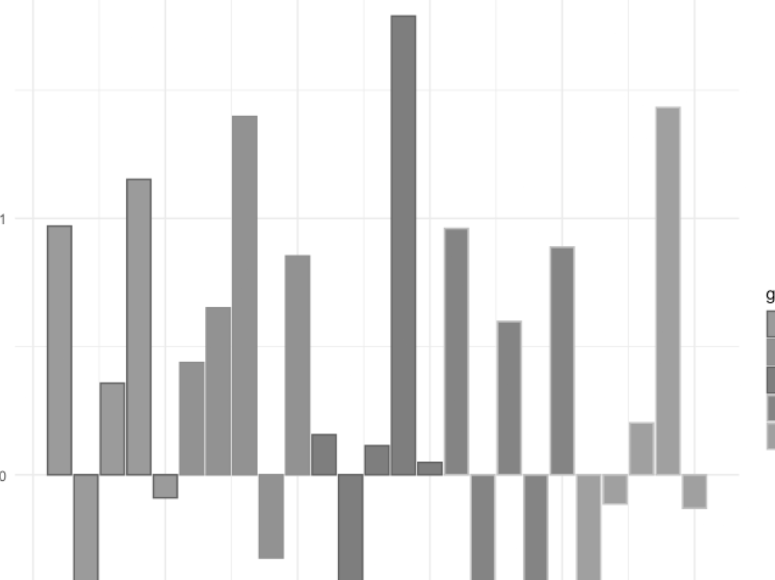Meagan Longoria explains some of what you get with themes in Power BI:
Power BI reports have a theme that specifies the default colors, fonts, and visual styles. In Power BI Desktop, you can choose to use a built-in theme, start with a built-in theme and customize it, or create your own theme.
Creating your own theme involves specifying formatting options in a JSON file and importing it into your report. This post will focus on the theme colors, but there are lots of other options that can be specified in a theme, including structural colors, fonts, and page and visual formatting options.
Read on to learn more about the three primary sets of colors you can specify.
Comments closed
